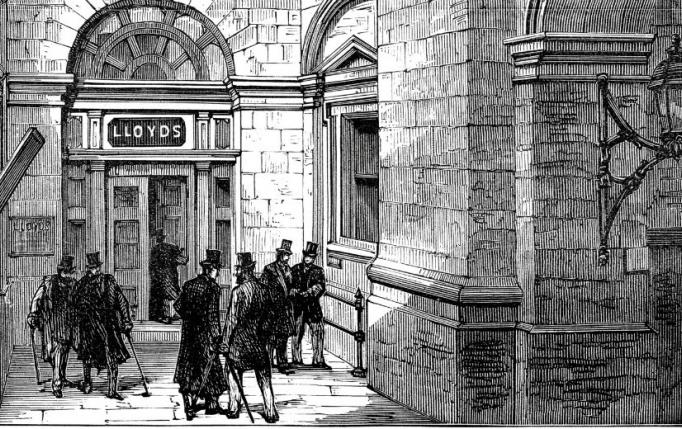The historical development of insurance dates back thousands of years, with early forms of risk sharing and compensation existing in ancient civilizations. Here is an overview of the key milestones in the historical development of insurance:
Ancient Civilizations:
- Ancient Mesopotamia (around 3000 BCE): Early forms of insurance-like arrangements can be traced back to ancient Mesopotamia, where traders would spread their goods across different ships to minimize the risk of loss due to shipwrecks.
- Ancient China (around 3rd century BCE): Chinese merchants developed a form of insurance known as “bottomry,” where ship owners would obtain loans to fund their voyages. If the ship successfully completed the journey, the loan would be repaid with interest, but if the ship was lost, the loan would be forgiven.
- Ancient Rome (around 1st century CE): Roman burial societies known as “collegia tenuiorum” provided financial assistance to members for funeral expenses and support for their families in case of death.
Middle Ages and Renaissance:
- Guilds and Trade Associations (12th-16th century): During the Middle Ages, guilds and trade associations in Europe provided mutual aid to their members in the form of assistance for fire damage, theft, or losses during travel.
- Early Marine Insurance (14th century): Maritime trade expansion led to the emergence of marine insurance in Europe. Merchants and shipowners would contribute to a fund known as a “bottomry bond” to compensate for any losses suffered during their voyages.
- Lloyd’s Coffee House (17th century): Lloyd’s of London, one of the most renowned insurance institutions, traces its origins to Lloyd’s Coffee House in London. It served as a meeting place for shipowners, merchants, and underwriters who would collectively share risks and insure cargo.
Modern Insurance Industry:
- Birth of Modern Insurance (18th century): The growth of trade, industry, and colonization during the 18th century led to the formalization of insurance practices. Insurance companies and societies emerged, offering coverage for various risks such as fire, marine, and life.
- Development of Actuarial Science (19th century): Actuarial science, involving the use of mathematical and statistical methods to assess risk and determine premiums, gained prominence. Actuaries played a crucial role in the insurance industry by estimating probabilities and setting appropriate premiums.
- Regulation and Insurance Laws (20th century): Governments started introducing regulations and laws to oversee insurance operations and protect policyholders’ interests. Insurance regulatory bodies were established to ensure solvency, fair practices, and consumer protection.
- Expansion of Insurance Products (20th century): The insurance industry expanded its offerings to include a wide range of products, such as health insurance, auto insurance, homeowners insurance, liability insurance, and specialized coverages for various industries.
- Technological Advancements (21st century): The rapid advancement of technology has transformed the insurance industry. Insurtech, the application of technology to insurance processes, has introduced innovations such as online policy issuance, digital claims processing, and data-driven underwriting.
Throughout history, insurance has evolved from informal risk-sharing arrangements to a well-regulated industry providing coverage for a wide range of risks. The principles and concepts established over centuries continue to underpin the functioning of the modern insurance industry.
SHARE
